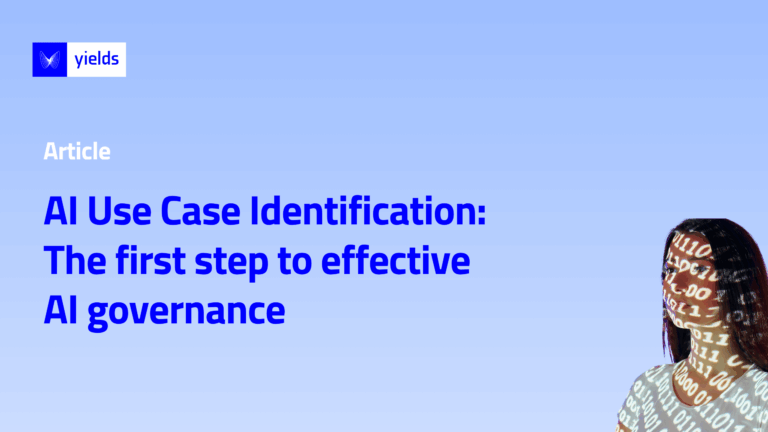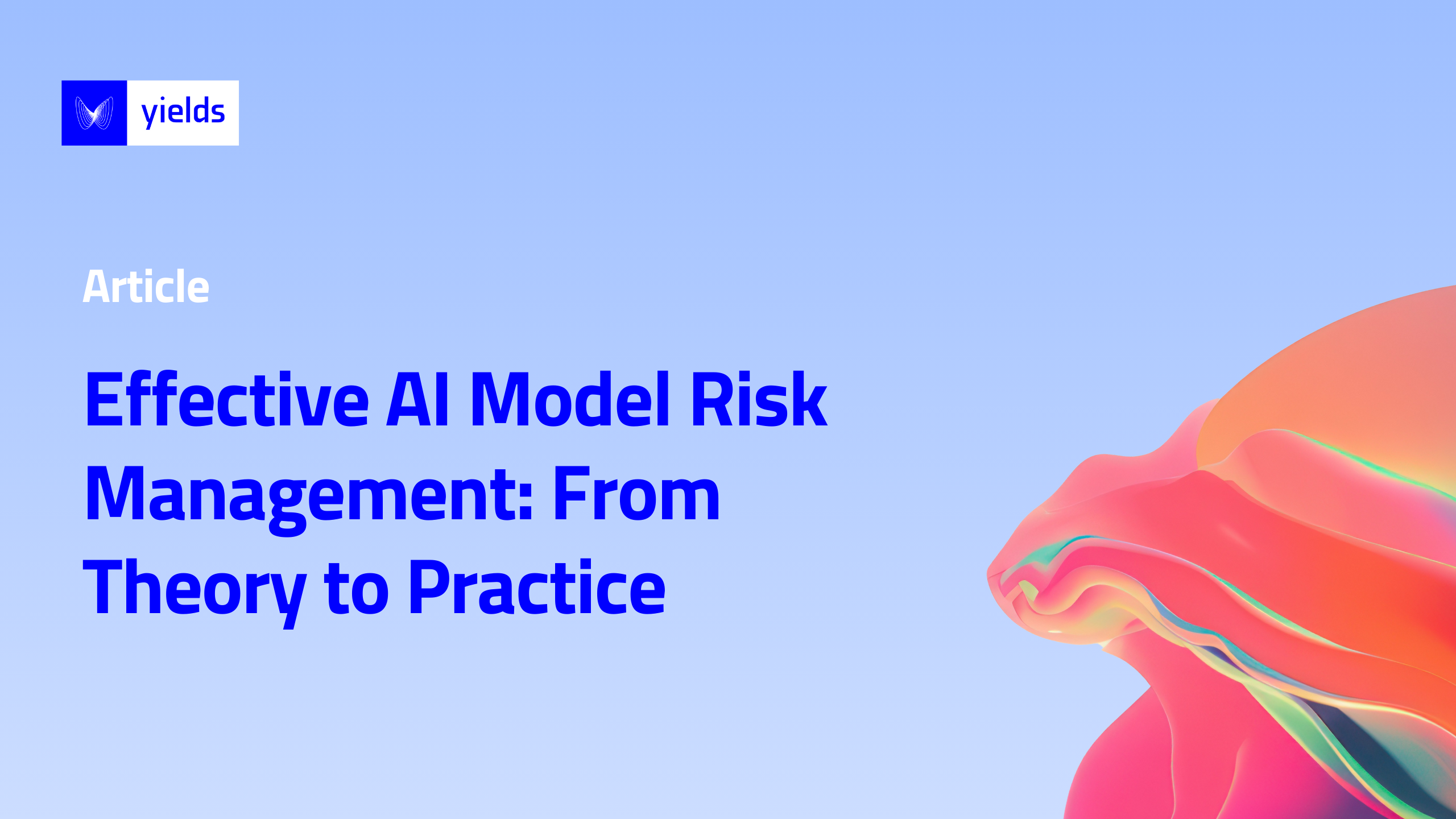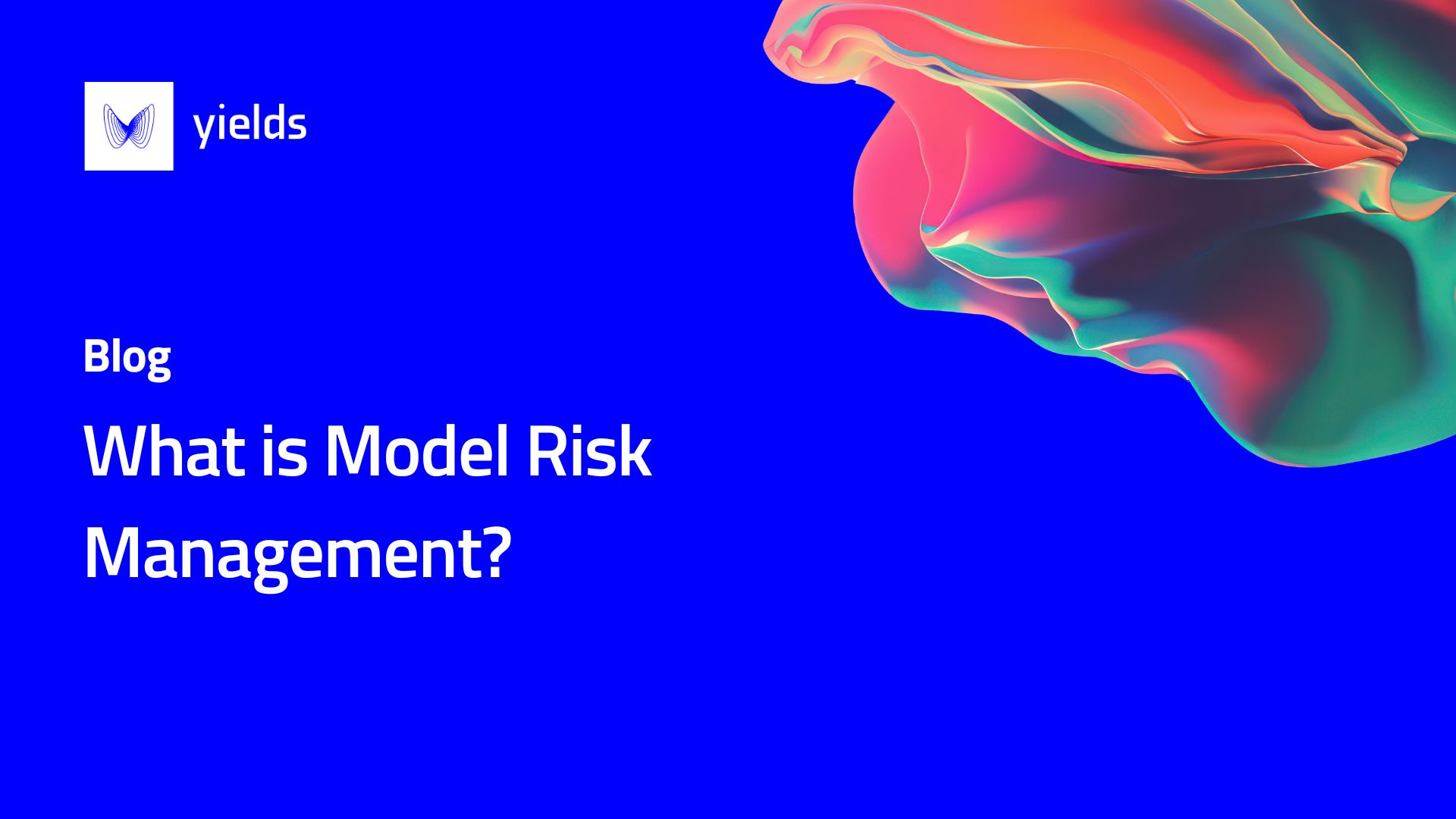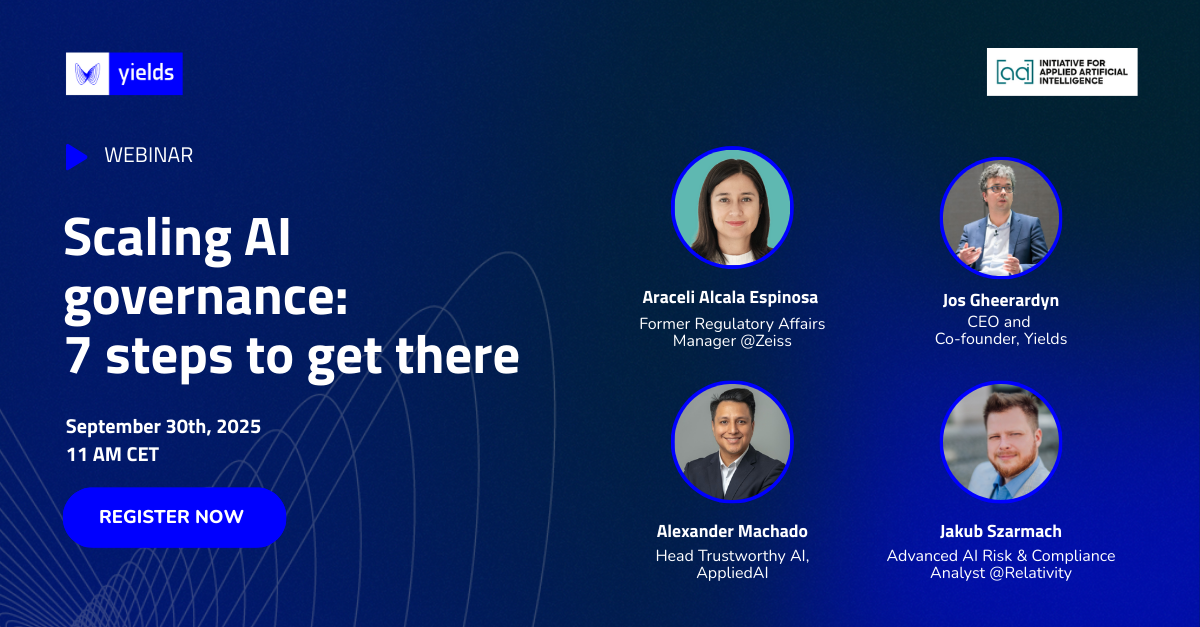Why Use Case identification matters
AI governance is built on transparency. Before you can assess risks or enforce compliance, you need to know exactly which AI systems are in use, what they do, and which data, models, and components they rely on.
An “AI use case” refers to a specific, real-world application of AI designed to meet a business or operational objective. Each use case consists of:
- Models – Predictive or decision-making algorithms.
- Components – Supporting elements like data pipelines, rules engines, or monitoring scripts.
- Datasets – The training, testing, or production data that drives the system.
Capturing these details allows for standardized governance processes and creates the foundation for regulatory compliance, whether you’re aligning with the EU AI Act, NIST AI RMF, or sector-specific frameworks.
The AI inventory attestation campaign
The most efficient way to identify AI use cases is through a structured, organization-wide effort often called an AI inventory attestation campaign. This campaign is typically coordinated by the AI Board and supported by “AI ambassadors” within business and technical teams.
A successful campaign involves five key steps:
- Familiarize with identification criteria
Everyone involved should understand the definitions of use case, model, component, and dataset to ensure consistent classification across the organization. - Launch the Use Case discovery campaign
Engage relevant teams (data science, IT, business units) to surface every AI system in use, whether in development, production, or retirement. - Register Use Cases in an AI inventory
Centralize entries in a governance platform like Yields for Governance, updating existing records and adding new ones as needed. - Break down each Use Case
Document all models, components, and datasets, noting their purpose, technical details, and any associated risks. - Close the campaign and plan the next
Publish metrics from the campaign, such as the number of newly discovered or retired use cases, to track progress and AI literacy. Schedule the next review to keep the inventory current.
Building accountability from day one
Assigning an AI Owner for each discovered use case at this early stage ensures that governance responsibilities are clear from the outset. This person becomes accountable for documentation, risk assessment, and compliance throughout the lifecycle of the AI system.
From discovery to risk management
Once you have a complete inventory, you can move to the next phase, risk assessment and tiering, with confidence that no systems are overlooked. This creates a governance process that is both comprehensive and scalable.
Want to know more about managing AI risks?
Download our full whitepaper, “Managing AI Risk in Practice,” to access the complete methodology, including a ready-to-use AI Use Case Discovery Template, and take the first step toward structured AI governance.
This guide gives you:
- A clear, role-based AI governance model
- Concrete steps for identifying, assessing, and managing AI risks
- A lifecycle approach aligned with the EU AI Act
- Real-world case studies and common pitfalls
- Tips to embed trust and accountability into every AI system
Whether you’re starting your AI journey or scaling fast, this is the governance foundation you need to move with confidence.
Download the whitepaper now and start operationalizing trust in your AI.
Download whitepaper
Author

Jos Gheerardyn has built the first FinTech platform that uses AI for real-time model testing and validation on an enterprise-wide scale. A zealous proponent of model risk governance & strategy, Jos is on a mission to empower quants, risk managers and model validators with smarter tools to turn model risk into a business driver. Prior to his current role, he has been active in quantitative finance both as a manager and as an analyst.





